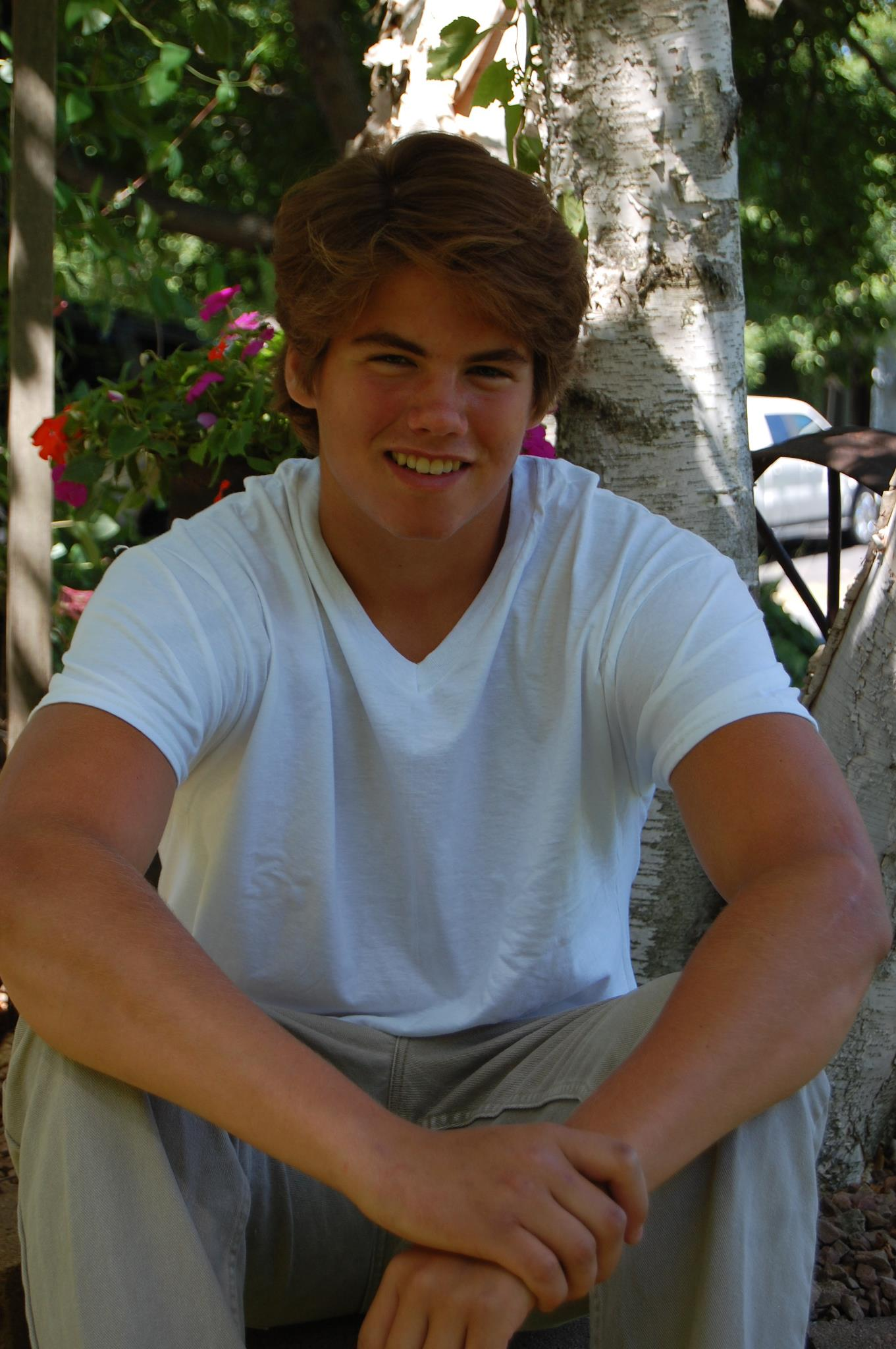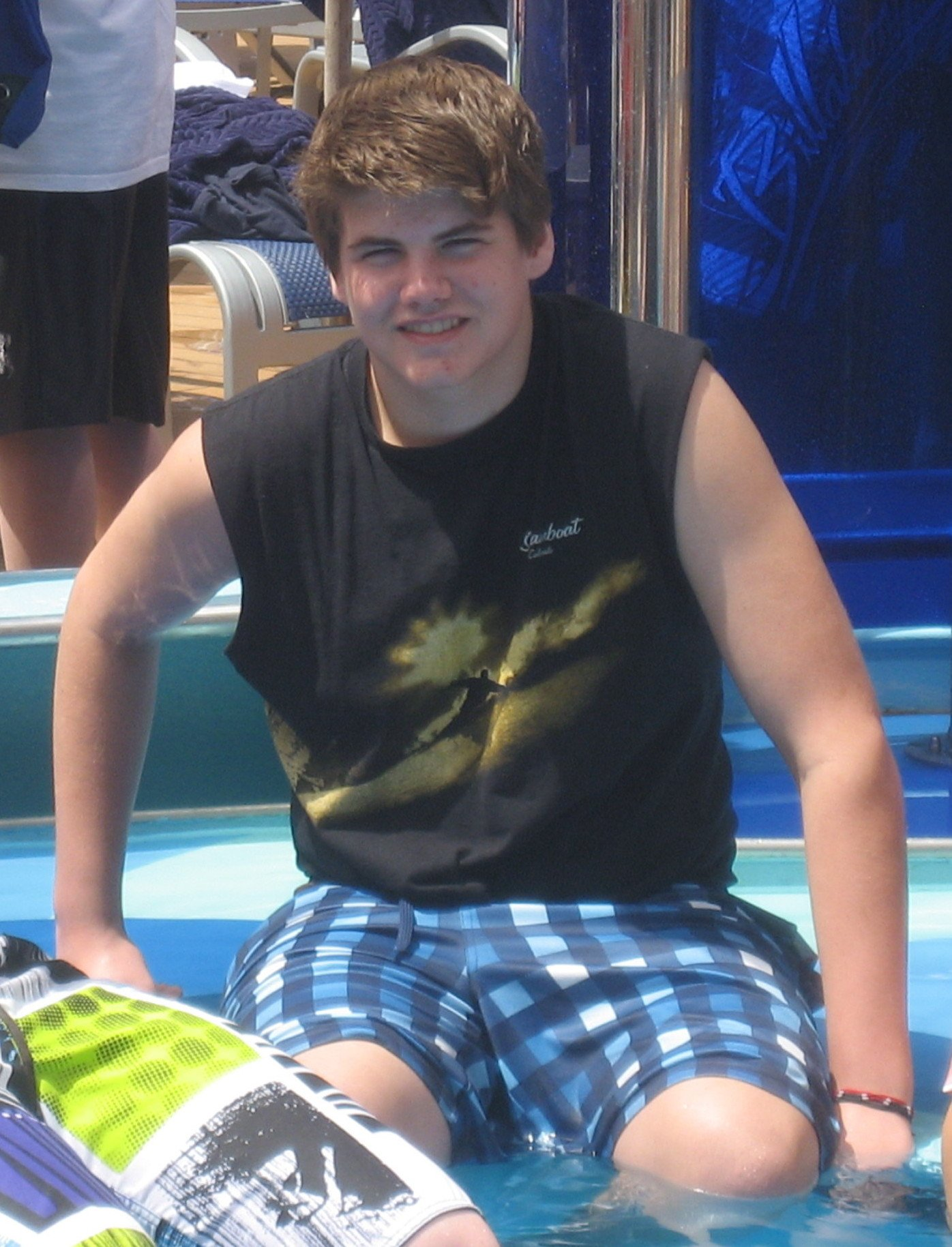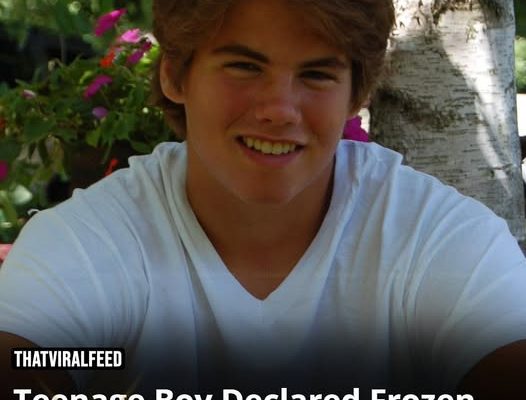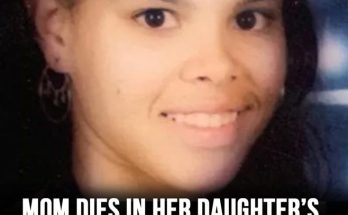It was a bitter night in December 2013. After going to a party and walking some friends home, Jake disappeared without a trace.
Hours later, a photographer came across him lying face down near the Stone Arch Bridge, according to the Daily Mail.
At the time, temperatures had plunged to 15 degrees below zero.
Without even checking him closely, paramedics assumed Jake was “obviously dead”.
A firefighter reportedly performed a quick underarm pulse check while standing about 15 feet away, as reported by the Star Tribune.
That term, “obviously dead,”, is normally used in cases involving severe trauma, not for someone lying out in the cold.
But here’s the heartbreaking part—Jake was actually still alive.

His heart rate and breathing had slowed significantly, which can happen in severe cold. With proper warming treatment, he could have been saved.
But instead of rushing him to the hospital, emergency crews left him there.
“He laid there in zero-degree weather for three hours,” said Jake’s father, Bill.
His mother, Kristi, added: “They didn’t even turn him over,”
Shockingly, Jake was never taken to the hospital for care. He was transported straight to the morgue, where officials later determined he had died.
But the pain for the Anderson family didn’t stop there.

Hopper, a seasoned lawyer with decades of experience and ties to the University of Minnesota, mishandled the case so badly that a judge later said the Andersons “would have been successful in the underlying wrongful death action” if not for his legal mistakes.
The family had paid him a $5,000 retainer and were told the lawsuit would be filed by September 1, 2016.
And then came the critical error. The Andersons hadn’t been appointed as legal trustees of Jake’s estate—a key legal requirement that Hopper failed to even mention.
They only found out after a paralegal asked whether they’d completed that step. By then, it was already too late.
The court dismissed the case. Hopper tried to fix it with an amendment, but it didn’t work.

Meanwhile, no one has been able to clearly explain what really happened the night Jake died.
There were signs of a struggle—Jake had defensive wounds, drag marks were found in the snow, and his shoes and coat were missing.
Even more suspicious, nearby security cameras weren’t working.
The money came from their malpractice suit against Hopper. For the Andersons, it’s a win—but it doesn’t feel like real justice.



